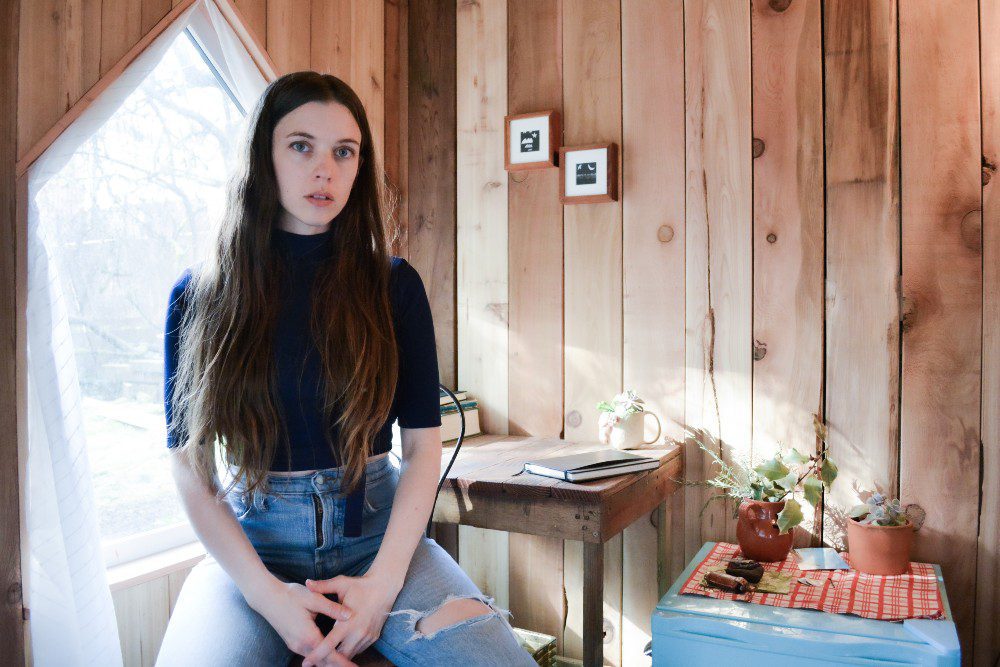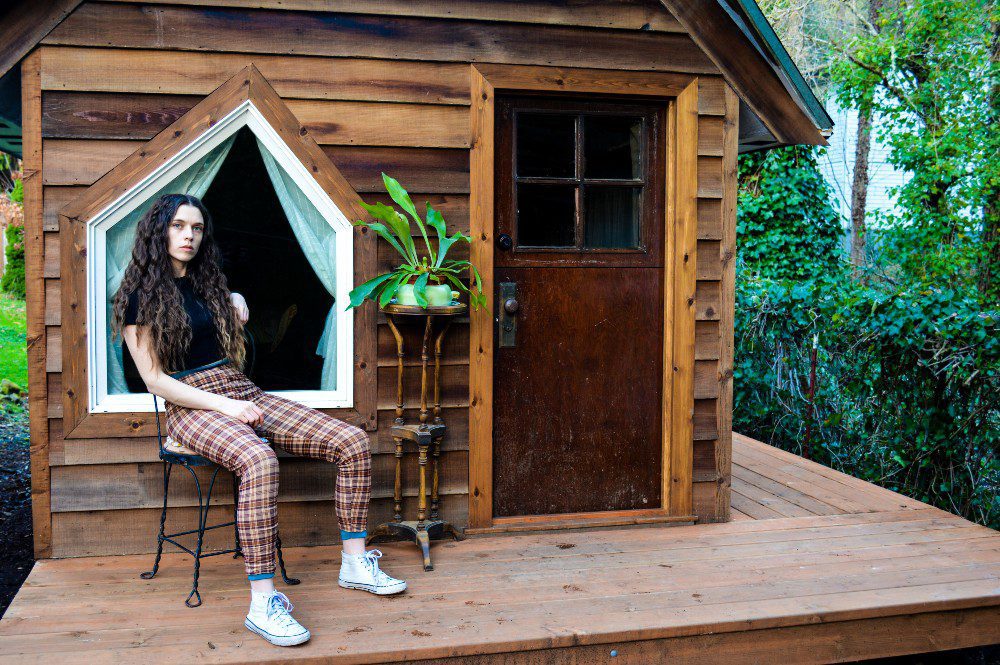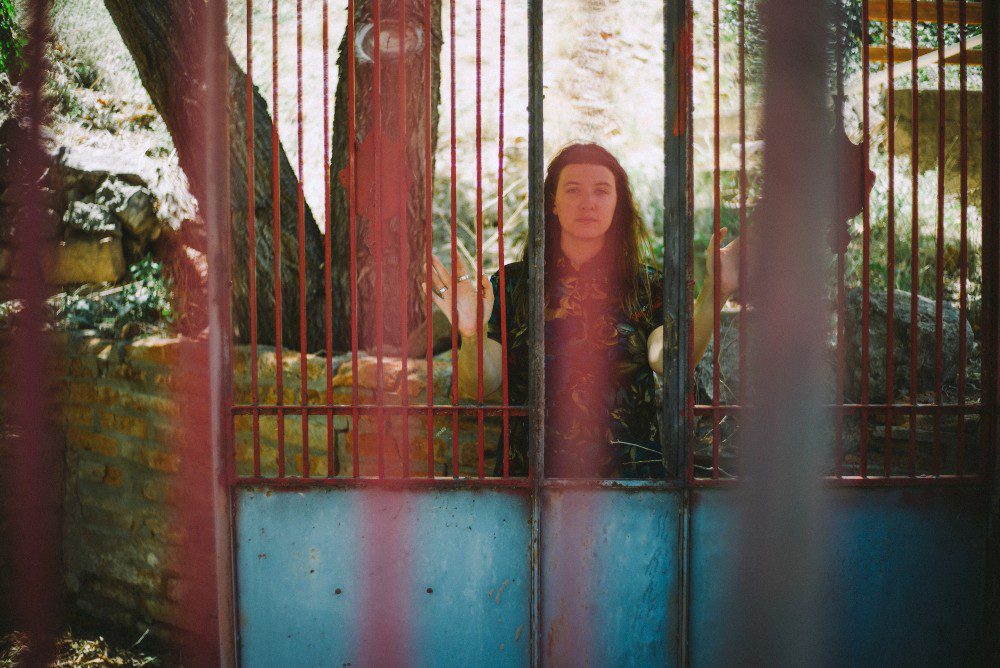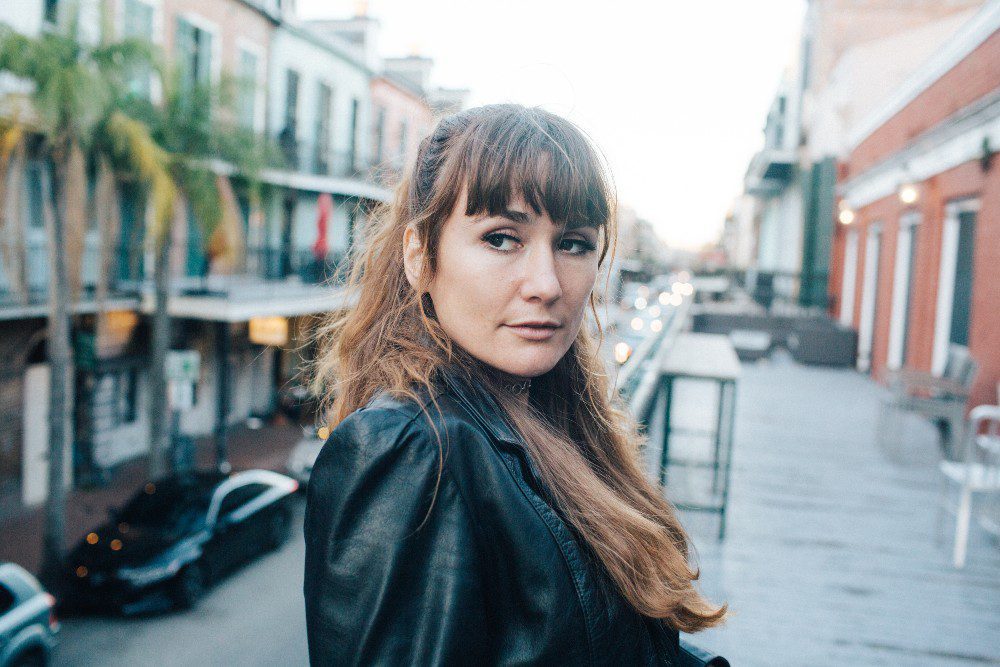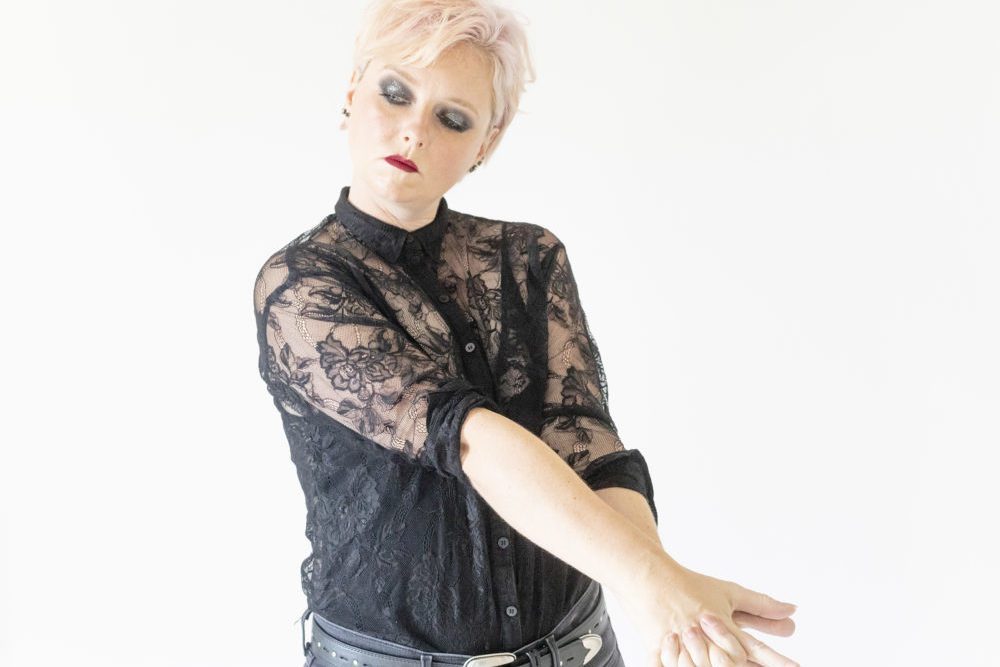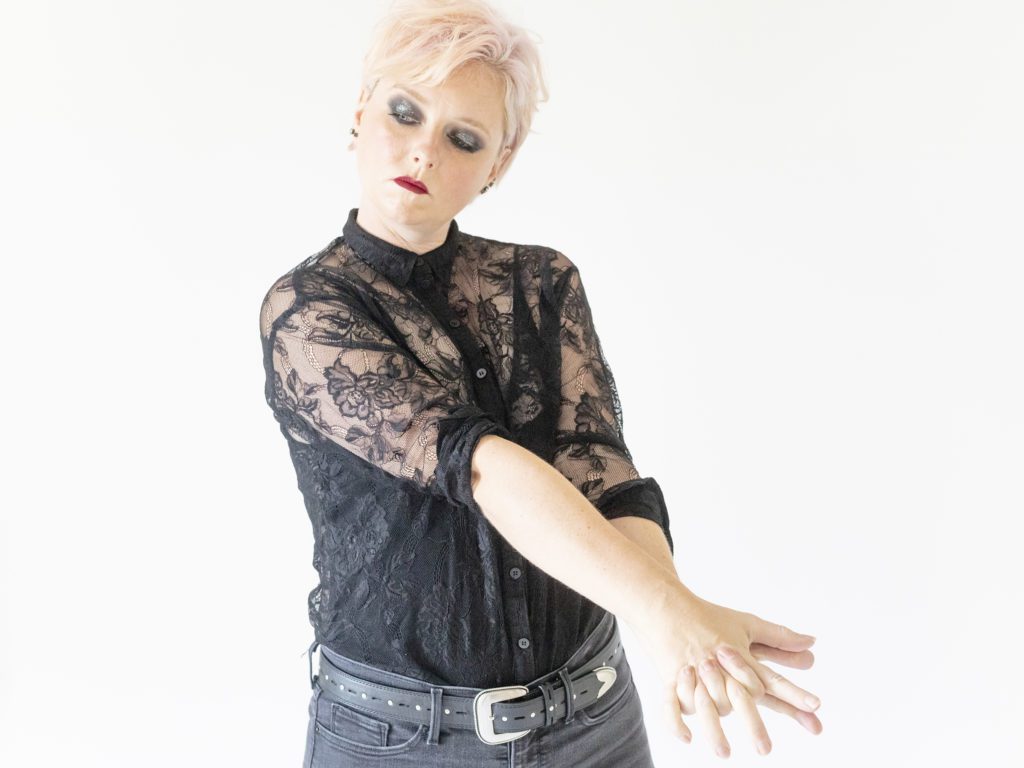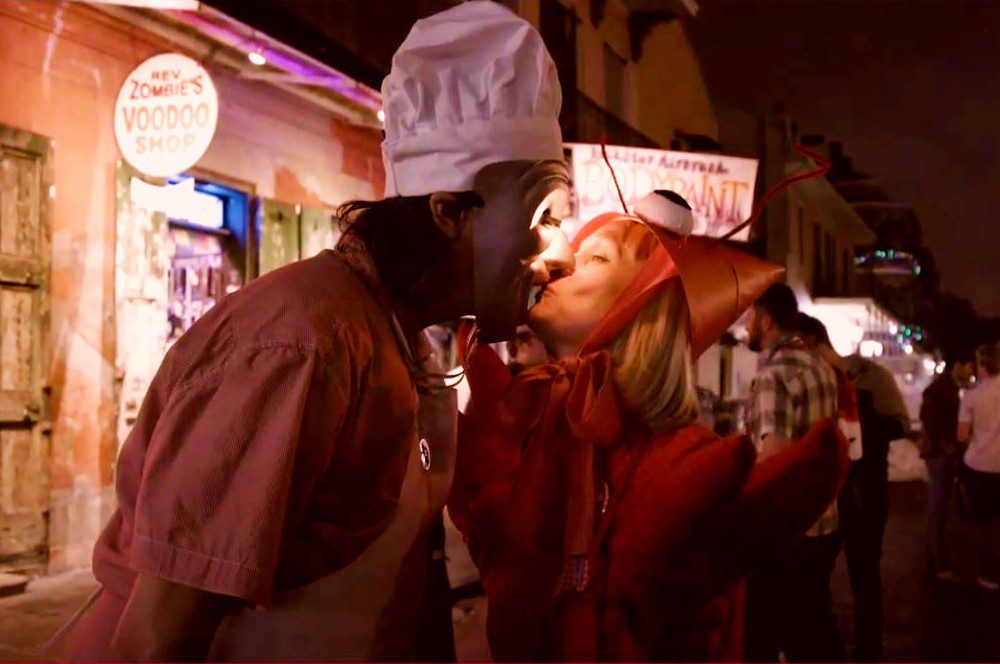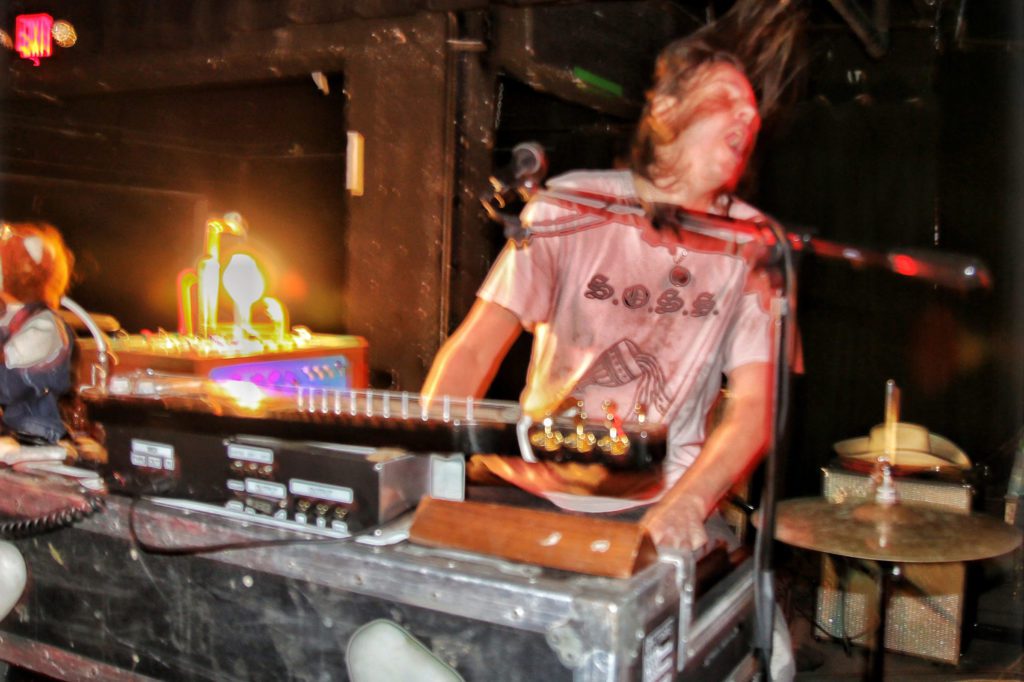Chapel Hart Build Sass and Soul into Sophomore LP The Girls Are Back in Town
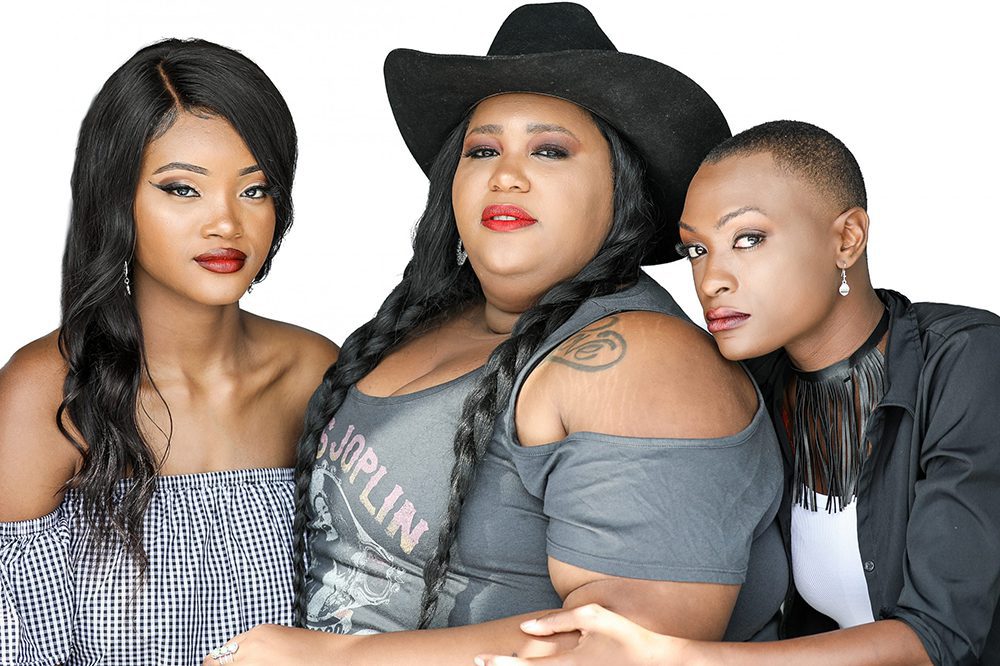

Bold and unapologetic country queens Chapel Hart return with their swampy sophomore album, The Girls Are Back in Town. Equal parts sassy and heartfelt, the 12-track project finds the trio putting their most fearless foot forward, tackling topics ranging from bullying and cheaters to womanhood and independence, as told through the confident delivery and stellar three-part harmonies of Mississippi-born-and-raised sisters Danica and Devynn Hart and their cousin Trea Swindle.
The album opens with “Nearly Over You,” a breakup ballad led with a crying fiddle that matches lead singer Danica’s aching vocals and lyrics. Blue tears pour from her brown eyes as she mourns the end of a relationship, lamenting at song’s end, “Just know I’m not nearly over you.” This leads into “4 Mississippi,” a raucous ode to a hard-working single mother of four children, setting the pace for an album that stands firmly in its country roots but leans more into rock than the pop sound ubiquitous on country radio. The family band then takes the edge off with the free-spirited, “I Will Follow,” an ode to following one’s heart over their head. With soft claps and glistening harmonies, the sweet song accentuates their lighter side as they profess, “When my heart leads the way, I will follow.”
But they get back to their feisty ways on “Grown Ass Woman,” the female country anthem we’ve been waiting for. Here, they’re unabashed backwoods women who are just as equipped to run a tractor as they are willing to let their emotions, and a curse word or two, fly. “I may not be politically correct, but I can say that I did things my way/I can cry when I want to/Fight when I need to…that’s what grown ass women do,” they shout over a bluesy, edgy melody, proudly telling the world exactly who they are on one of the album’s best and most defining moments.
The Girls Are Back in Town also proves the CMT Next Women of Country 2021 inductees to be clever and witty lyricists who embrace word play, exemplified on “Tailgate Trophy” where they blatantly disavow the misogynistic tropes in modern country. Their cheeky personalities also shine through on the single that initially grabbed the public’s attention, “You Can Have Him Jolene,” Chapel Hart’s callback to Dolly Parton’s iconic track. Instead of begging the other woman to back down, these three throw a dirty cheater to the curb after catching on to his two-timing tricks. They gladly turn him over to his new lover, but not without warning to heed some advice and learn from that fateful experience.
Meanwhile, the New Orleans and Nashville-based group shares “Jacqui’s Song,” a loving tribute to the girlfriend of their former keyboard player who was tragically killed when the tent she was under at an outdoor festival got struck by lightning. Originally released on their 2019 album, Out the Mud, “Jacqui’s Song” does their late friend proud. Calling on the tried-and-true “three chords and the truth” model, they take the invaluable lessons learned from Jacqui and turn them into lyrics that demonstrate country storytelling at its finest, singing over a honeyed melody, “When you live this little thing called life/I hope you take it by the reigns/You ain’t promised no tomorrows/And you can’t take back yesterdays.”
The singers round out the album with back-to-back-to-back rockers, calling on “Jesus & Alcohol” in a bluesy breakup anthem that features ZZ Top’s Billy Gibbons on guitar, then sends their enduring harmonies as high as the Georgia pines they sing of with “That’s a Redneck Summer Night” before closing out the project with the fiery title track. Through The Girls Are Back in Town, Chapel Hart carve out a place for themselves in the modern landscape of country music. With their strong harmonies, killer hooks, and compelling lyrics, Chapel Hart lives and breathes their defining proclamation: “We’re the next women of country and it’s our town now.”
Follow Chapel Hart on Instagram, Twitter and Facebook for ongoing updates.

